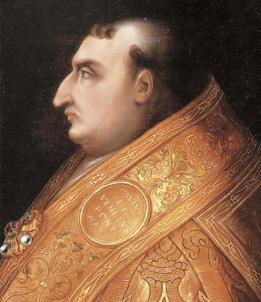
The origins of the palace, linked to Cardinal Pietro Barbo, later Pope Paul II
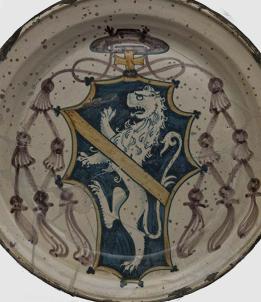
Construction work continues with Cardinal Marco Barbo: the palace becomes one of the wonders of Rome, visited by tourists and diplomats, artists and writers
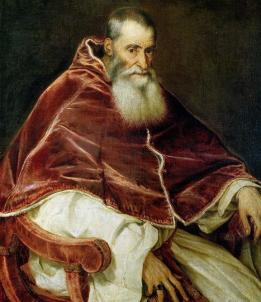
The magnificence of the palace of San Marco and its privileged position attracted the attention of the popes, who made it their stronghold in the heart of the city
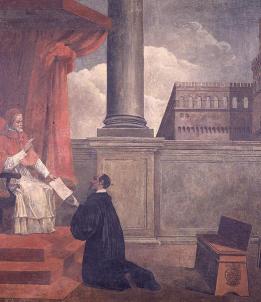
The transfer of part of the building to the Republic of Venice produced a marked change to the palazzo, which then also became an important diplomatic seat
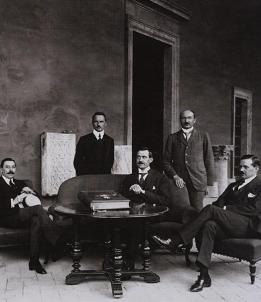
The end of the Republic of Venice opened a new phase for the building: except for the revolutionary period, the palace became the seat of the ambassadors of the Austro-Hungarian Empire for over a century
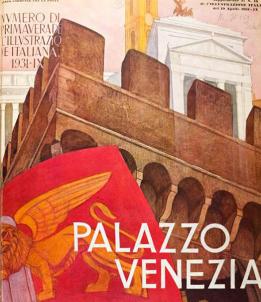
During the First World War, the palace passed to the Kingdom of Italy. A new chapter then opens, in the name of the museum
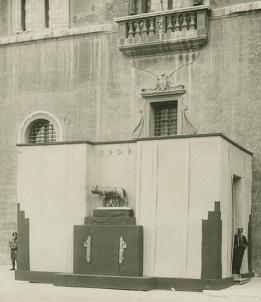
The beauty and majesty of Palazzo Venezia, combined with the strong patriotic value acquired during the First World War, captured the attention of Benito Mussolini, who transformed it into an essential element of his propaganda
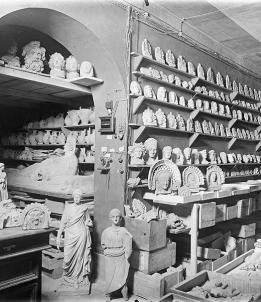
In the aftermath of the conflict, Palazzo Venezia once again plunges into art: a series of exhibitions, the museum and the resettlement of the heritage protection offices mark a new path, which definitively distances it from active diplomacy and politics
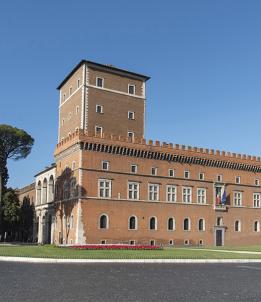
The recovery of the garden and of other areas of the building










